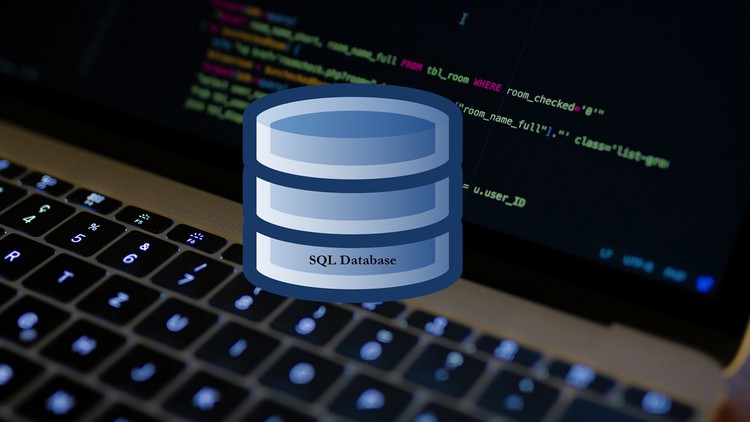Description
Introduction to MS SQL Administration
MS SQL Administration primarily involves managing Microsoft SQL Server databases to ensure optimal performance, security, and reliability. Specially it encompasses tasks such as database design, performance tuning, security management, and backup strategies. Moreover, this field is vital for maintaining data integrity and availability, which enables organizations to make informed decisions. Through hands-on experience, learners will gain essential skills in MS SQL Server, thereby preparing them for real-world database management challenges.
Prerequisites for MS SQL Administration
- Knowledge of SQL
- Moreover, develop proficiency in Structured Query Language (SQL) for effective interaction with SQL Server.
- Consequently, focus on writing efficient queries and performing data manipulation tasks.
- Familiarity with Networking Concepts
- Also, grasp basic networking principles such as TCP/IP, DNS, and firewalls.
- This knowledge will enable you to manage connections and configurations for SQL Server instances effectively.
- Understanding of Security Practices
- Firstly, learn best practices for user authentication and authorization to secure databases.
- Moreover, be aware of data protection measures against breaches and cyber threats.
- Attention to Detail
- Importantly, maintain a keen eye on intricate configurations and security settings.
- In doing so, commit to accurate record-keeping and adherence to best practices.
- Willingness to Learn
- Finally, demonstrate a commitment to continuous learning and staying updated with database technologies.
- Additionally, engage in professional development and participate in relevant forums.
1: Introduction to SQL Server
- Overview of SQL Server and its components
- Understanding relational databases
- SQL Server editions and versions
- Installation and configuration of SQL Server
2: SQL Server Management Studio (SSMS)
- Introduction to SSMS
- Connecting to SQL Server instances (Ref: SQL Server)
- SSMS tools and features
3: T-SQL (Transact-SQL) Fundamentals
1.Basic SQL querying
2.Data types and variables
3.Joins and subqueries
4.Stored procedures and functions
4: Database Design and Creation
1.Creating databases and tables
2.Constraints and indexes
3.Normalization and denormalization
5: Data Backup and Recovery
- Backup types and strategies
- Restoring databases
- Point-in-time recovery
6: Security and Permissions
- Authentication modes
- User roles and permissions
- Securing SQL Server instances
7: Performance Tuning and Optimization
- Query optimization
- Index optimization
- Performance monitoring and troubleshooting
8: High Availability and Disaster Recovery
- AlwaysOn Availability Groups
- Database mirroring and replication
- Failover clustering
9: SQL Server Integration Services (SSIS)
- Introduction to SSIS
- Creating and managing ETL processes
- Data transformations and workflows
10: SQL Server Reporting Services (SSRS)
- Introduction to SSRS
- Creating and deploying reports
- Report scheduling and subscriptions
11: SQL Server Analysis Services (SSAS)
- Introduction to SSAS
- Creating and managing OLAP cubes
- Data mining and analytics
12: Monitoring and Maintenance
- SQL Server Agent
- SQL Server Profiler
- Maintenance plans and jobs
Reference







Reviews
There are no reviews yet.